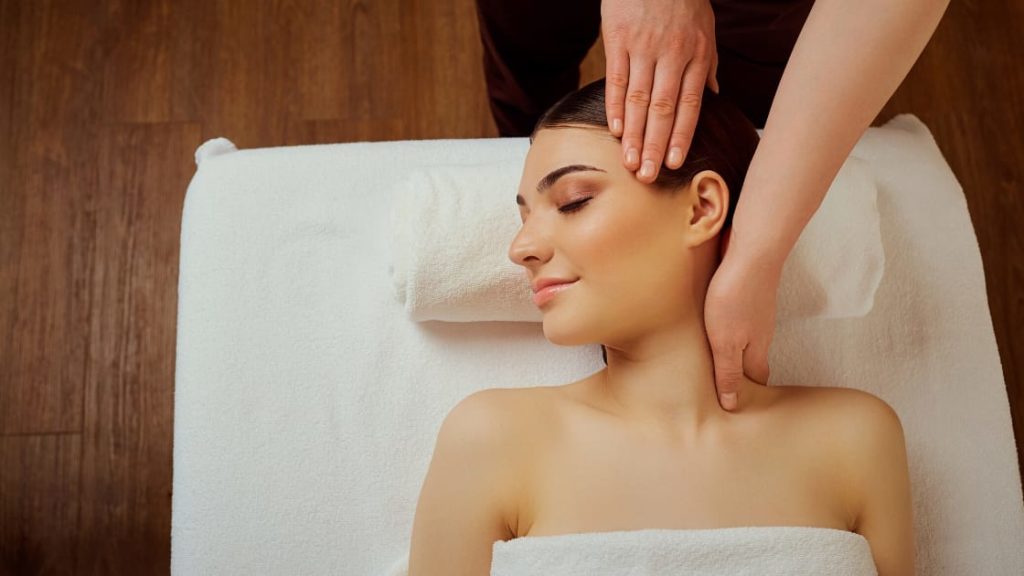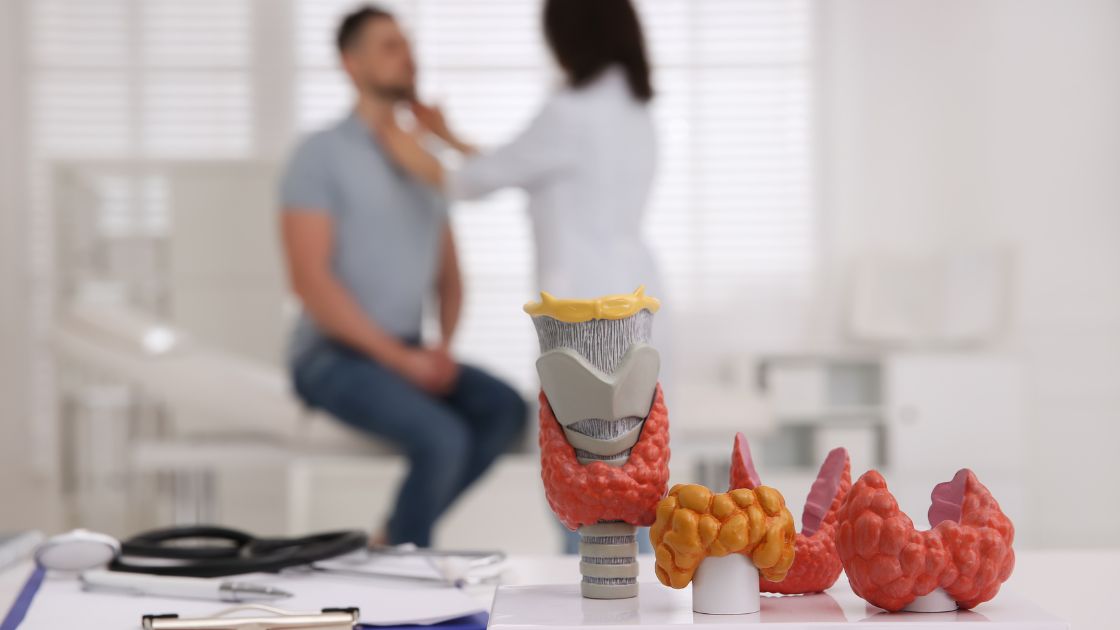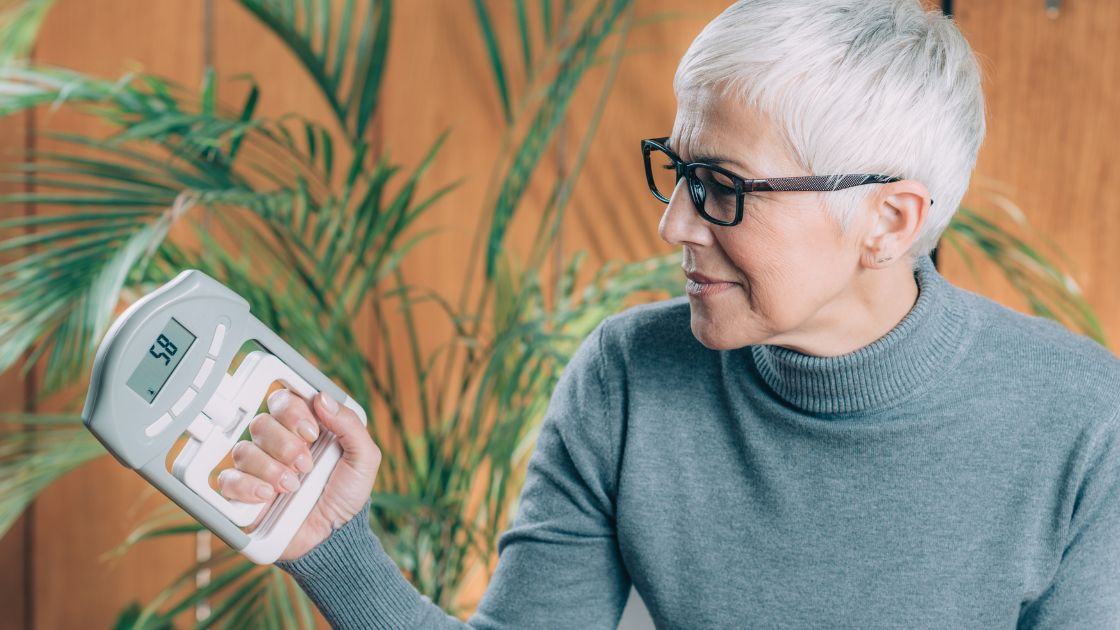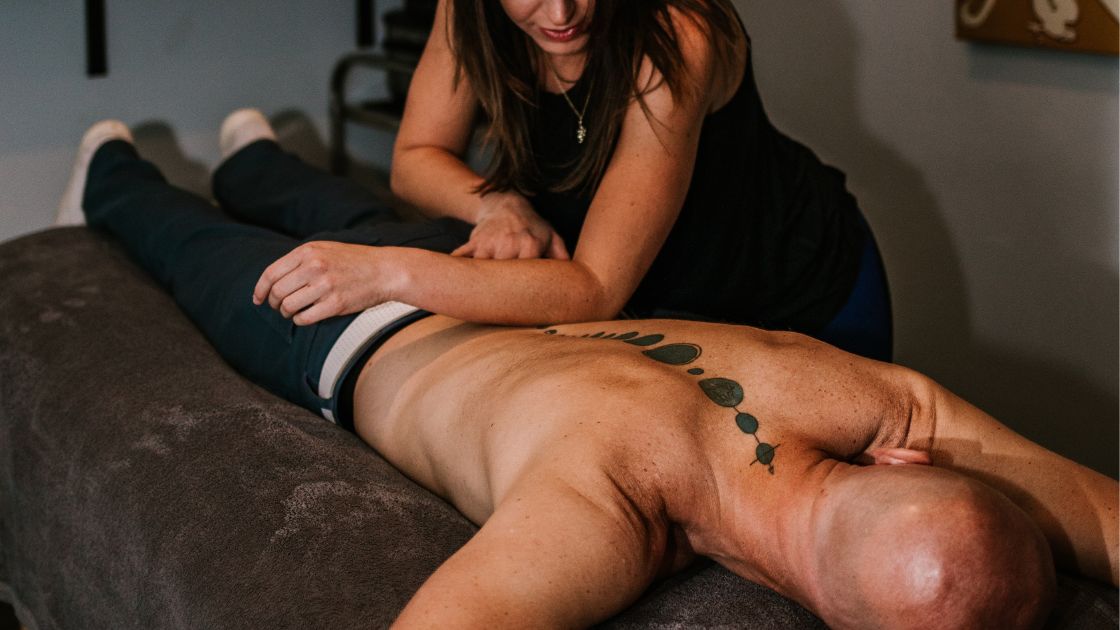The Therapeutic Massage for You!

When you hear the words “therapeutic massage”, is there a particular modality that comes to mind? Deep tissue? Swedish? Sports? Having a kitten knead its paws into your belly?
We all have a different idea of what makes a therapeutic massage. I’ve had clients on my table, usually receiving deep tissue because that’s my specialty, say, “I don’t understand people who get Swedish massage! How can light touch be therapeutic?” Likewise, I’ve had the occasional anti-deep tissue client say, “I woke up with bruises the last time I got deep tissue! That stuff is the opposite of therapeutic!”
Neither client is right or wrong. Yes, there are benefits to every massage modality. But not everyone has the same experience, and what might be beneficial to you might not be so helpful for someone else.
Do you ever just give the massage therapist the reins, scared to say something when the massage doesn’t feel right? If so, this is the article for you! Occasionally, I’ll get new clients who just tell me to do what I do, trusting that I know what’s best for them. But the truth is that I don’t. These new clients could hate my work, but not speak up because they’re certain I’m the expert. Or they fear they’ll hurt my feelings. (Believe me, I won’t be hurt if you tell me to alter my style. But I will be hurt if I find out later that I hurt you!)
Which Therapeutic Massage Modality is Right for You?
This is your massage, so you take charge! Let’s talk about each modality of massage, and you decide which one is the best for you!
Deep Tissue
My absolute favorite, both giving and receiving!
Do you enjoy that “hurts so good” kind of pain? Well, it’s hard to know unless you’ve experienced it before! If you’re getting some intense work done and you feel a satisfying release, then deep tissue is doing its job on you. But if you’re holding your breath, clenching, grunting, screaming, and/or hating your therapist… you might want to try something else.
Keep in mind though, deep tissue doesn’t necessarily have to be that deep. Deep tissue massage has more to do with technique than it has to do with pressure. Your therapist starts by massaging your most superficial muscles, and gradually digs down deeper into the muscles beneath them. Your therapist can do this without using insane pressure, just so you know! If the pressure of your deep tissue massage is painful, ask your therapist to ease the pressure but continue with the same technique. If the lightened pressure still doesn’t feel right, maybe ask for a more relaxing modality instead.
Who is Best Suited for Deep Tissue Massage?
People who enjoy them, of course! But also athletes, bodybuilders, people who work at desks, people with labor-intensive jobs, basically anyone whose work and/or hobbies put strain on the muscles
Swedish Massage
Oh, so relaxing! This modality might not squish your muscles into submission, but it’s still plenty of people’s go-to for therapeutic massage. While any massage style is likely to improve your emotional health, Swedish massage might do the job best. The gliding and kneading techniques used in Swedish are more soothing than they are correctional, sometimes putting clients to sleep. And sleeping during massage is very therapeutic! The effects a one-hour massage has on your body is comparable to what one hour of sleep does. So when you fall asleep during a massage, you’re doubling that benefit!
Who is Best Suited for Swedish Massage?
People with sensitive skin, people with fragile bones, pregnant women, younger children (pediatric massage is a thing!), people with insomnia, anyone who’s going through a rough time emotionally
Sports Massage
This one has a lot of overlap with deep tissue. The work is generally intense and often accompanied by myofascial release, stretching, and trigger point therapy. If you’re unfamiliar with trigger point therapy, it’s pretty painful. But weirdos like myself and professional athletes love that pain! Others don’t.
In a sports massage, you can expect more engaged and vigorous work than you would from any other massage. Your therapist will likely apply some pin-and-stretch techniques, which will require you to activate your muscles through voluntary movement while the therapist breaks through the muscle. You can also expect some resistance exercises, like proprioceptive neuromuscular facilitation — let’s just call it PNF — which involves you pushing a specific muscle group against your therapist’s weight. If you’re ok with your therapist being a personal trainer for an hour, then sports massage is worth a try!
Who is Best Suited for Sports Massage?
Athletes (what? No way!), gym rats, physical therapy patients, people who want to boost their strength and flexibility, people who don’t like sitting still for long periods of time
Yogassage
This is what happens when yoga meets massage! That’s why it’s sometimes called yogassage! You can expect to be pulled, rocked, stretched, and possibly walked on. You’ll be fully clothed, so make sure you wear something loose-fitting or stretchy!
Thai Massage is another modality very similar to yogassage but involves more passive stretching with the assistance of your Thai massage therapist.
Who is Best Suited for Yogassage?
Yogis, yoginis, people with gymnophobia (also known as never-nudes), people looking for a more active form of massage, people who want to try something new (most of my clients have never tried Yogassage! Check it out!)
Tips for an Even More Therapeutic Massage!
Ok, so you’ve decided what kind of massage person you are! But you’ve been thinking that something can be done to make your massage even more therapeutic. Do you like essential oils? CBD lotion? Cupping? T-bars? A heat pack?
You can always ask your therapist if they have any massage knick-knacks that you’d like to try out! Or, bring in your own knick-knack and ask if your therapist can use it during the massage! Keep in mind though, not all therapists have the same level of training and some aren’t comfortable using tools. But it doesn’t hurt to ask!
Now Go Get Some Work Done!
Across the board, every form of massage offers these same benefits:
- Pain relief
- Stress reduction
- Sleep promotion
- Improved circulation
- Injury prevention
- Improved lymph flow
- Increased flexibility
But, as previously stated, there may be a specific modality that meets your needs better than all the others. Also keep in mind that there are tons of therapeutic massage modalities out there, not just the four popular ones I mentioned. There’s shiatsu, rolfing, hot stone, lomi lomi… the list goes on forever! If your therapist offers any specialized modalities, try them out! Your therapist can always mix varying techniques into your session, offering the ultimate signature massage for you!
You know what to do! Build your own massage!
Written by: Katrina Jenkins, LMT
Photo credit: Canva





